Grooming, snowmaking, and lifts may be the sexier things to discuss in the ski industry, but there’s something far more mundane that arguably surpasses all three in terms of impact on operations: where to park the cars.
“If there’s one thing that touches every aspect of our business, it’s parking management,” says Mike Martin, vice president of base operations at California’s Palisades Tahoe, which is among a growing number of resorts that now require guests to reserve parking in advance and pay to park during peak periods.
An Unpopular Move—at First
Predictably, charging skiers for something they’ve always gotten for free, and limiting their freedom to simply show up at the resort and park, has resulted in some serious pushback.
“People told us we were ruining Alta,” says Mike Maughan, the Utah ski resort’s general manager. Palisades Tahoe vice president of marketing Matt Peterson still refers to the day the resort announced it was going to a paid parking reservation system as “Black Friday.”
“Other than the name change [from Squaw Valley], this is the biggest change we’ve made in 75 years,” says Peterson. “We made everyone change their behavior on weekends. You can dislike the name change, but you didn’t have to take action. With this, you did.”
But a funny thing happened: not only did guests by and large learn to live with the change, many actually embraced it.
“As we got to the end of the first season, we had two instances where we didn’t have the reservations system running, and it was really bad,” says Martin. “The pendulum swung from people asking why we’re doing this to ‘why didn’t we have it in place?’”
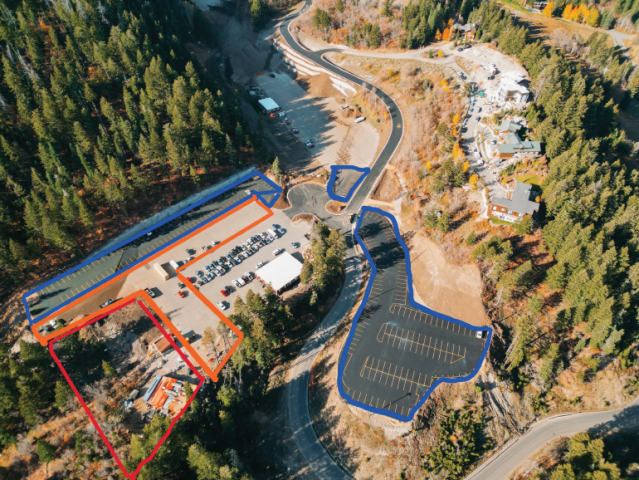 Among other measures, Sundance, Utah, has increased the number of on-resort parking spaces by 45 percent over the last three seasons.
Among other measures, Sundance, Utah, has increased the number of on-resort parking spaces by 45 percent over the last three seasons.
Customers Learned to Love It
Amid rising costs for lift tickets and inflationary hikes in food and beverage service, it’s not surprising that the initial public reaction to parking fees has been that it’s simply a money grab. Resort operators, however, make a reasonably compelling case that overhauling their parking operations is in the best interests of guests.
“We were really surprised how positively it impacted us,” says Maughan. “People now arrive at their leisure, knowing that they have a parking space. We got rid of the parking frenzy. Guests ended up loving it.”
Like so many structural changes in the ski industry, Alta’s move to paid parking has roots in the Covid-19 pandemic. “Public transit went away, and we found that our parking lot was filling up by 8 a.m., even though the lifts didn’t open until 9:15,” recalls Maughan. When the lifts did open, thousands of people were getting in line at the same time, creating traffic jams on the mountain as well as on the access road, where Alta was turning cars away for hours on many weekend and holiday mornings.
To address the problem, in 2021-22 Alta began charging guests $25 to park (discounted to $10 if lift tickets are purchased online), with season-pass holders receiving codes to make online reservations for free. Reservations for half the available parking spaces are released prior to the start of the ski season (in October), while the rest are released each Sunday for the following weekend.
“If you don’t have a reservation by Monday night, you’re probably not going to get one,” notes Maughan.
More Carpools, Fewer Turn-Aways
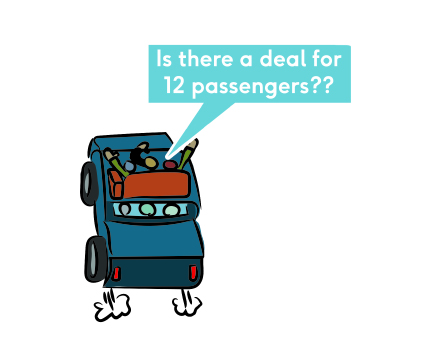 The net results have been impressive. Turning away cars during peak periods has become a rarity, and cost-conscious guests have changed their behavior in several salubrious ways. The average passenger count per vehicle rose from 1.9 to 2.4, meaning fewer vehicles on the narrow road snaking up Little Cottonwood Canyon to Alta.
The net results have been impressive. Turning away cars during peak periods has become a rarity, and cost-conscious guests have changed their behavior in several salubrious ways. The average passenger count per vehicle rose from 1.9 to 2.4, meaning fewer vehicles on the narrow road snaking up Little Cottonwood Canyon to Alta.
More weekend skiers also began showing up in the afternoon—when parking is free—to get in a half-day on the slopes using their season or Ikon passes.
Alta’s midweek attendance also jumped 12-14 percent, particularly on Fridays, which led the resort to start charging for parking on Fridays in 2022-23, pushing more frugal skiers to Monday-Thursday ski days.
Hands-off enforcement. Alta contracts with Interstate Parking to enforce its parking rules; the contractor scans license plates in the parking lot and compares them to a parking reservation list. Violators are issued a $75 ticket.
“We wanted to be hands-off on the enforcement side,” explains Maughan, who says that while paid parking “covers costs and then some,” profit takes a back seat to the broader goals of the program.
“Parking has been our tool to meet demand and make sure people have a good ski experience at Alta,” says Maughan.
Capacity limiter. Like many ski resorts, Palisades Tahoe can carry more capacity on the mountain than can be parked in its lots. The same, however, can’t be said of the local roads.
“People kept coming, and the 30-minute commute up here had become three hours,” says Martin. “Not only were the ski guests pissed off—the California Highway Patrol was turning cars around—but the locals were, too. Blowback from all our stakeholders forced us to consider a reservation-based system.”
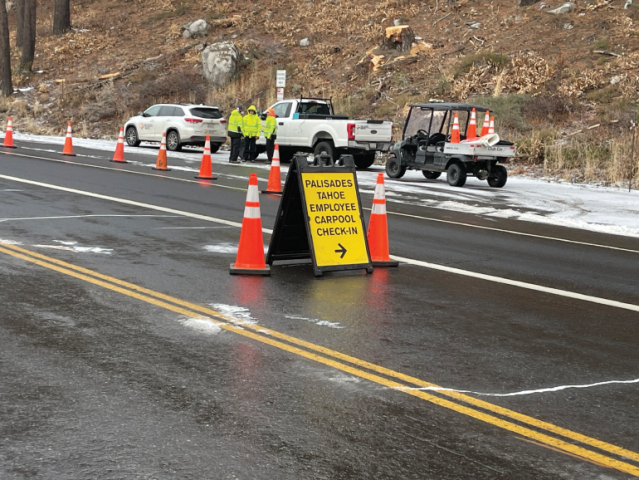 Employees who carpool to work at Palisades Tahoe, Calif., get vouchers that can be used for food and drinks at the resort.
Employees who carpool to work at Palisades Tahoe, Calif., get vouchers that can be used for food and drinks at the resort.
Ride the Bus, Get a Beer
At Palisades Tahoe, everyone needs a reservation to park, but guests can choose whether to pay for a guaranteed spot. “If you want to pay, you can reserve a spot any time for $30; free spots are released on the Tuesday before the weekend. If you want certainty, you can pay; if you want free, then you have to wait,” says Peterson.
 Carpool encouragement. The reservation system is part of a broader effort to encourage carpooling: cars with three or more passengers can park in a lot closer to the slopes. Employees who carpool get vouchers they can use for food and drinks at the resort: $20 for drivers, $10 for passengers. The incentives are working as average vehicle occupancy in resort parking areas was up to 3.5 people.
Carpool encouragement. The reservation system is part of a broader effort to encourage carpooling: cars with three or more passengers can park in a lot closer to the slopes. Employees who carpool get vouchers they can use for food and drinks at the resort: $20 for drivers, $10 for passengers. The incentives are working as average vehicle occupancy in resort parking areas was up to 3.5 people.
Similarly, the resort dangles incentives for employees and guests who utilize a park-and-ride facility established at a high school in the town of Truckee: a $10 voucher for resort workers and guests, the equivalent of “a beer on us,” says Martin.
“We had 36 people use the park and ride in 2021-22, and 5,000-plus this season,” says Martin.
Carpooling and public transit are also key components of Eldora Mountain Resort’s (Colo.) efforts to address a parking problem that had grown to the point that lots were full 10-15 days each season, and skiers were enduring one to three hours in traffic to get to the resort.
“We worked with the county to develop a new parking lot and went from 1,500 spaces to 2,200,” says Eldora general manager Brent Tregaskis. “We would have added more if we could; if people aren’t carpooling and it’s a Friday, we fill every spot we have.”
To cut down on the number of cars, Eldora pays for bus passes for guests and employees alike, and charges $10 for single-occupancy vehicles to park on peak days. “That’s less than the price of a bus ticket so we may go to $15 or $20 next season,” he says. Cars with more than three passengers, on the other hand, get free premium parking.
The resort also rents the parking lot at a local school on busy days to use as overflow, with shuttles transporting guests to and from the resort. The $500 Eldora pays per day to use the lot goes to support the Parent-Teacher Association.
As a result, Eldora only had two days last season where cars had to be turned away. The resort’s parking program doesn’t include reservations—“we tried that during Covid and had a 35-percent no-show rate,” says Tregaskis—but that could be coming back, too.
“I’m not a fan of it, but [we] may have to do it,” he says. “If we charge for everyone, maybe we’d have a lower no-show rate. We’re going to wait a year or two and watch what everyone else is doing.”
Fewer Cars on the Road
Like Eldora, Sundance Mountain Resort in Utah has taken the more direct approach to its parking shortage, increasing the number of on-resort parking spaces by 45 percent over the last three seasons. But that’s just one piece of a wider strategy that includes public transportation and a parking-fee structure that encourages ride-sharing.
“Like most resorts, post-Covid we have had to turn more cars away on peak days,” says Sundance chief operating officer Czar Johnson. “That’s less than ideal, especially at Sundance where we celebrate our convenience and proximity to our lifts.”
Multipronged approach. Sundance’s multipronged approach includes working with the Utah Transit Authority, investing in buses and park-and-ride facilities, and subsidizing mass-transit service for season-pass holders in Utah County, home to a majority of the resort’s customer base. “Instead of turning cars away on peak days, we referred them down to public transit,” says Johnson.
“Next, we looked at how we could use paid parking to affect behavior—how to incentivize and encourage people to choose the days they come, how they get here, and carpooling,” says Johnson.
The resort initially tried a mix of paid and free parking, but found that the free lots filled quickly, leaving disgruntled guests with no choice but to pay.
Instead, Sundance now charges $45 for parking in a premium lot, $10 to park in regular parking lots, and zero dollars for vehicles carrying four or more passengers.
“Anyone coming on peak days is subject to the same rules, including pass holders,” says Johnson. “We’re averaging 26 percent of four or more per car on peak days.”
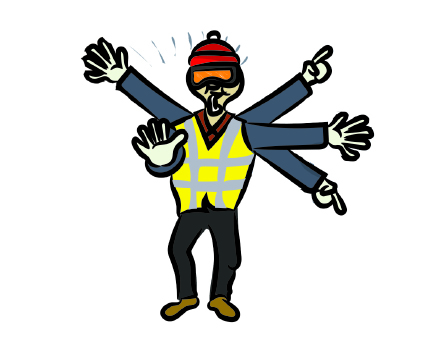 No reservations required. Sundance’s parking remains first-come, first-served. “We have not gotten to the point where requiring reservations makes sense for us,” he says. “It requires a lot of management, and we feel like making people jump through that hoop would be a negative experience for our guests.”
No reservations required. Sundance’s parking remains first-come, first-served. “We have not gotten to the point where requiring reservations makes sense for us,” he says. “It requires a lot of management, and we feel like making people jump through that hoop would be a negative experience for our guests.”
Enforcement is handled by resort parking attendants, who are stationed at the entrance to monitor compliance and check for carpools. “All access is essentially controlled,” says Johnson. “We only have one exit and entrance, so we have the ability to monitor everyone who comes in.”
With all of that, Sundance still has days where cars are turned away, says Johnson, so last season the resort worked with a local transit company to set up a 325-car park-and-ride lot on Sundance-owned property. From there, a bus leaves every 20 minutes on a 10-minute route to the mountain.
“It was free last year and was a home run,” he says. “We found that rather than trying to park at the mountain first, many people just went straight to the park-and-ride.”
“In our opinion adopting this paid parking philosophy has had a really positive impact—I see it as a big success for us,” Johnson adds. “For four years, each season we’ve modified and refined how we’ve done this based on guest feedback. Nobody likes to pay for parking, but we’ve mostly heard people say that this is the perfect balance.”
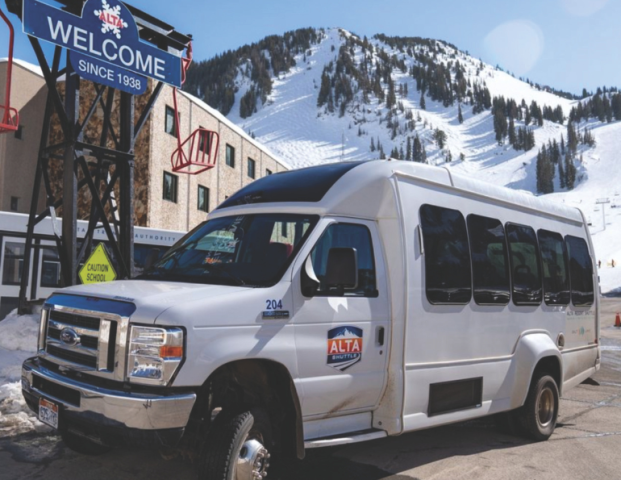 Alta, Utah, has a paid reservation system for all, and two resort shuttles that serve the town of Alta.
Alta, Utah, has a paid reservation system for all, and two resort shuttles that serve the town of Alta.
The Power of Parking Data
Ski resorts have learned that managing parking can have wide-ranging benefits for operations, including shorter lift lines on busy days and more skiers on weekdays. But that’s just scratching the surface of what’s possible when parking management is wed to technology and metrics, according to Geremy Rodamer and Kielan Ehlers, regional sales managers for Parking Revenue Recovery Systems (PRRS), which works with Winter Park and Steamboat resorts in Colorado to manage parking and leverage associated guest data.
“Our object recognition software can count the number of people in a car or on a lift line,” says Ehlers. “We can show utilization patterns to ski areas down to the minute. Every entry and exit is logged as a parking session, so we can track the occupancy of the lot by percentage and broadcast that information to management and guests.”
“You can tell people the lot is full before they leave home,” adds Rodamer.
Real-time information on parking can guide resorts on when they should stop taking parking reservations (“we recommend stopping sales when the lot is 80 percent full,” says Ehlers) and when lots can be opened back up in the afternoon as spots become available again.
License-plate data. By scanning guests license plates, PRRS “can relate plate information to zip code data, tell you how long the guest stayed at the resort, where they came from, whether it’s a rental car, the type of vehicle, if it’s an EV or a vendor truck, if parking was paid or not paid,” says Rodamer. “It’s very powerful and gives you a lot of insight.”
Data on guests’ place of origin can be used in marketing, for example, while tallies of EVs and mass-transit vehicles can help resorts calculate their overall carbon emissions.
“Parking companies are required to look at the next 20 years [to anticipate future needs] rather than patching together what works today,” says Ehlers, an avid snowboarder. “Before you start charging $20 for parking or building a gondola, why not look at the data and see what your real volume and trends are?”





